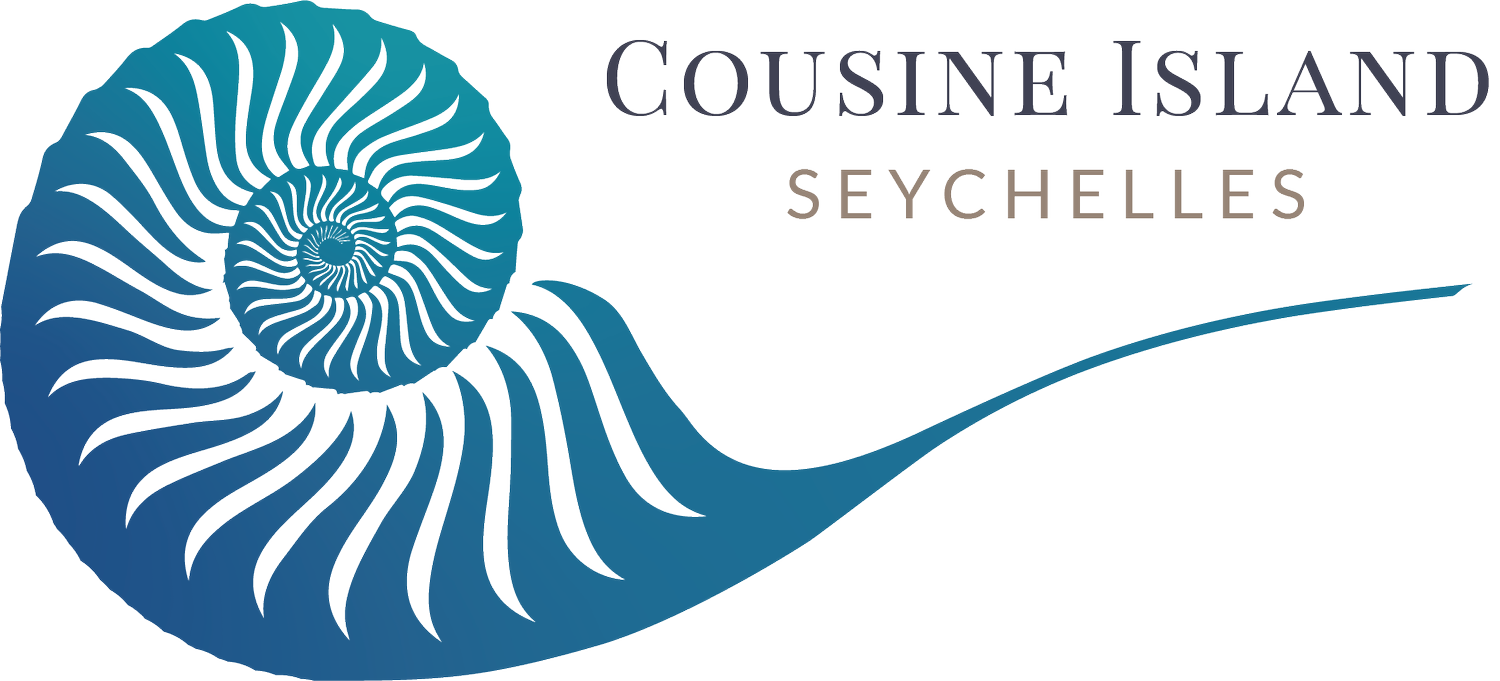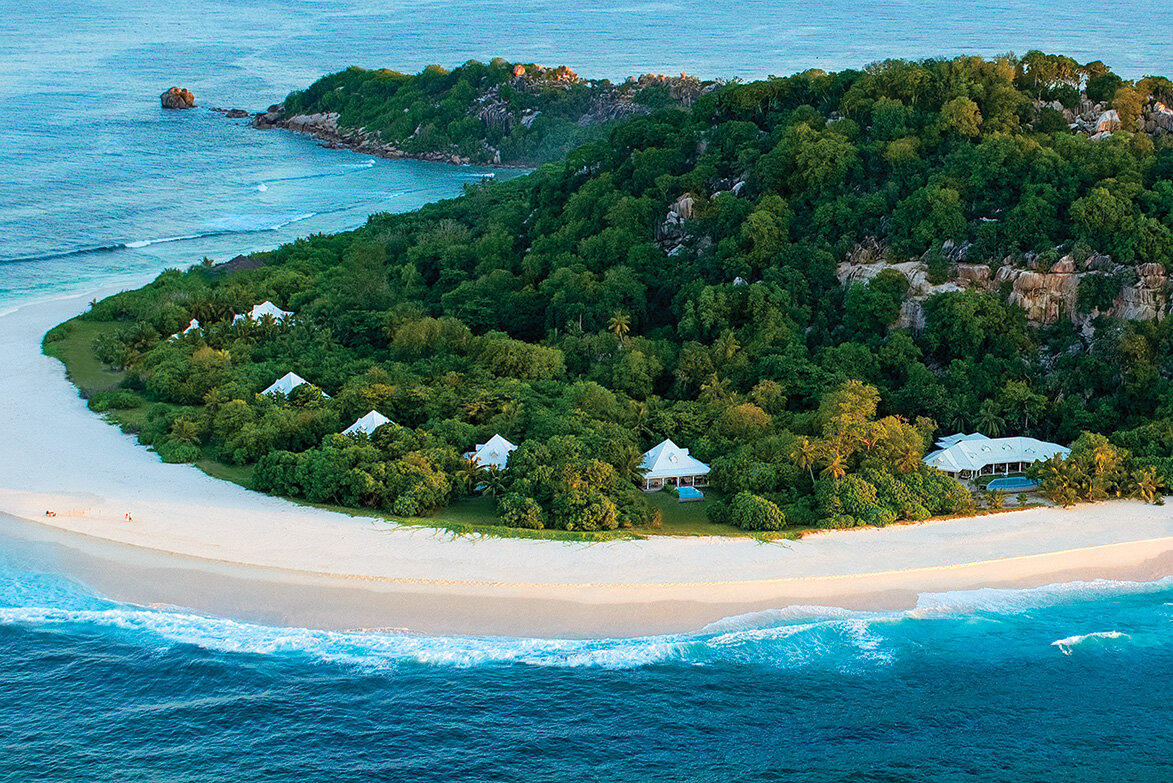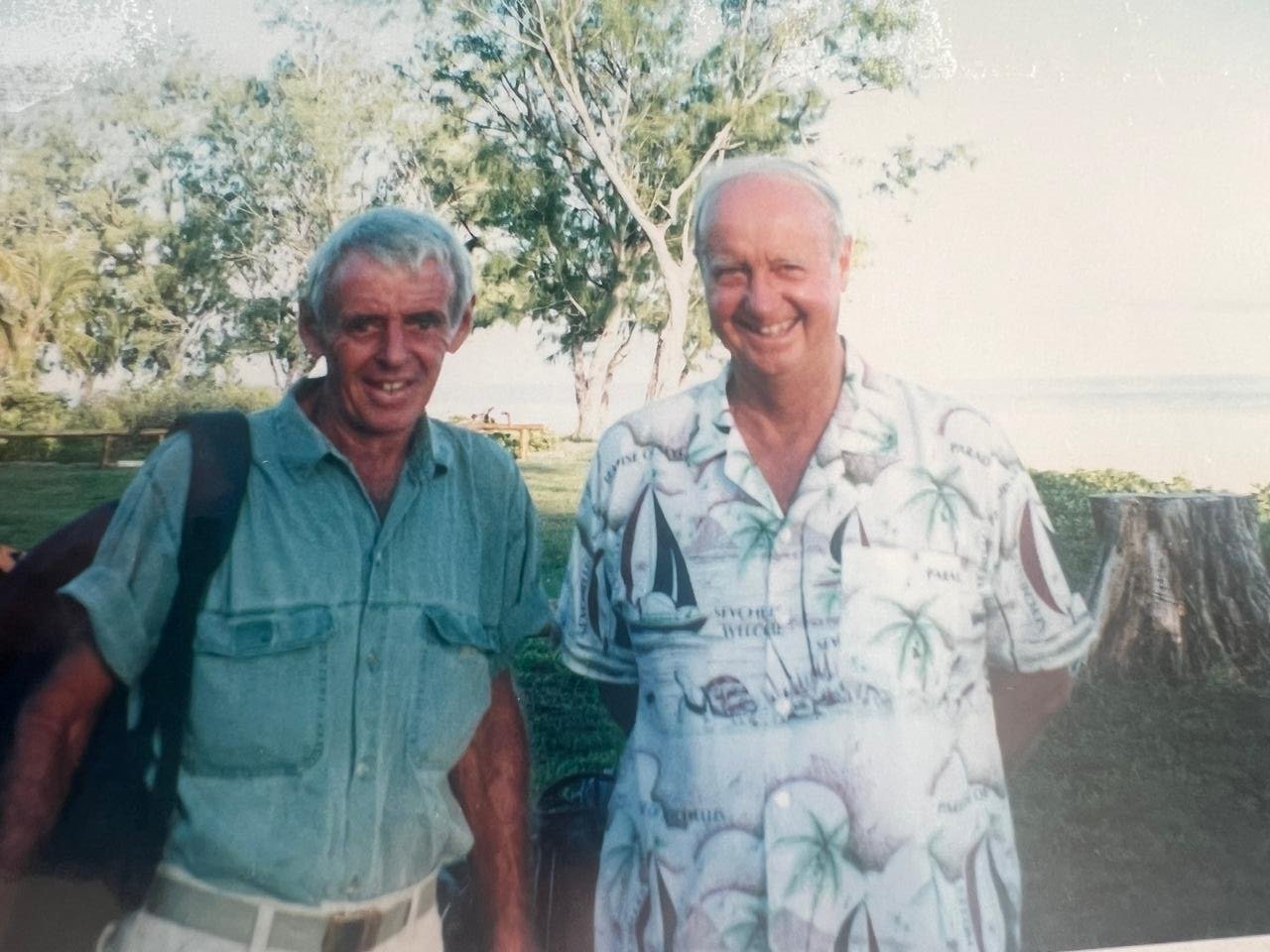Die Geschichte der Insel Cousine, dem Juwel der Seychellen
1800's
Die ersten bekannten Eigentumsverhältnisse
Die erste bekannte Erwähnung des Besitzes von Cousine Island war, als Louis Pouponneau die Insel am 25. Dezember 1818 an Pierre Hugon verkaufte. Leider wurde die Insel wegen ihrer natürlichen Ressourcen ausgebeutet, was sich drastisch auf die Fauna und Flora (sowie die umliegenden Meeresbewohner) auswirkte, die Cousine Island ihr Zuhause nannten. Das Holz des Casuarina-Baums wurde im Übermaß als Brennholz für die Nachbarinseln Praslin und Mahé geerntet.
Große Mengen von Rußseeschwalbeneiern , die auf den Seychellen als Delikatesse gelten, wurden entnommen (zwischen 8.000 und 14.000 Eier pro Jahr). Infolgedessen haben die Rußseeschwalben ihre Brutkolonie auf der Insel aufgegeben. Die Küken der Keilschwanz-Sturmtaucher, die auf den Seychellen ebenfalls als Delikatesse gelten, wurden zu Tausenden entnommen, was sich drastisch auf die Populationsgröße auswirkte. Es wurden verschiedene Nutzpflanzen wie Kokosnuss- und Bananenbäume, Tabak und Fatak(Guinea-Gras oder Panicum maximum) angepflanzt.
In den umliegenden Riffen wurden Unmengen von Fisch gefangen und auf dem Markt in Praslin verkauft. Viele Schildkröten, die zur Eiablage an den Strand kamen, fielen der menschlichen Ausbeutung zum Opfer. Grüne Meeresschildkröten werden wegen ihres essbaren Fleisches geschätzt und Echte Karettschildkröten wegen ihrer Panzer, die zur Herstellung von Schmuck verwendet wurden. Beide Arten nisten heute auf Cousine Island.
1992
Eine heilende Reise der Restaurierung und Konservierung
Nach einer dunklen Geschichte erhielt Cousine Island 1992 eine zweite Chance, als der heutige Eigentümer M.F. Keeley und seine Frau die Insel erwarben, um sie in ein Vermächtnis ihrer Liebe zu verwandeln. Alle Nutztiere (Rinder, Schweine, Hühner) und Casuarina-Bäume wurden in der Anfangsphase des Restaurierungsprojekts entfernt.
Das Wiederherstellungsprogramm umfasste auch die groß angelegte Anpflanzung einheimischer und endemischer Bäume (etwa 8000 seit 1992 bis heute) und die Entfernung aller nicht einheimischen Pflanzen- und Tierarten. Dank dieser inspirierenden Bemühungen hat sich die Insel von ihrer Geschichte der übermäßigen Abholzung und Ausbeutung erholt. Die Rehabilitations- und Schutzbemühungen sind ein beispielloser Erfolg für sich.
2020
Unser Vermächtnis der wahren Liebe
Heute ist Cousine Island ein paradiesischer Zufluchtsort für viele Arten und eine der wenigen Granitinseln der Seychellen, die völlig frei von fremden Säugetieren (wie wilden Katzen und Ratten) ist. Außerdem wurden auf der Insel mehrere einheimische Arten wieder angesiedelt. Die vom Aussterben bedrohte Seychellen-Uferschnepfe wurde 1996 dank der Fregate Private Island eingeführt, die maßgeblich an der Wiederansiedlung beteiligt war. Im Laufe der Jahre ist ihr Bestand auf über 50 Individuen angewachsen, die sich auf 12 Gebiete auf der Insel verteilen.
Die Cousine-Insel bietet nun Lebensraum für Tausende von nistenden Seevögeln (darunter etwa 55 000 Paare von Zwergnoddys) pro Jahr. Zwanzig Riesenschildkröten wurden zwischen 1992 und 2004 auf der Insel angesiedelt, und viele weitere, die gekauft oder gerettet wurden, haben auf Cousine Island ein Zuhause gefunden. Heute leben auf Cousine 78 frei lebende Tiere im Alter von fünf bis 120 Jahren. Die Wiederansiedlung einer gesunden Population des Seychellen-Waldsängers war ebenfalls erfolgreich.
Cousine Island ist eine Erfolgsgeschichte in Sachen Naturschutz, denn sie wurde aus der Verzweiflung über die nicht nachhaltige Ausbeutung gerettet und unter Schutz gestellt. Ein Vermächtnis der Liebe zwischen einem Mann und einer Frau, die diese kostbare kleine Privatinsel auf den Seychellen wieder zum Leben erweckt haben. Wir tragen unseren Teil dazu bei, weltweit zur Artenvielfalt von Flora und Fauna auf unserem Planeten beizutragen, indem wir einfach zu Hause anfangen.
Nur zwei Erfolgsgeschichten des Naturschutzes in der Nähe: Die Seychellen Elster-Robbe und eine Aldabra-Riesenschildkröte auf der Cousine Insel, Seychellen
Die Bemühungen zur Erhaltung der Insel Cousine werden fortgesetzt. Vor kurzem haben wir uns mit der Seychelles Island Foundation zusammengetan, um Coco de Mer-Bäume auf Cousine Island zu pflanzen.
Erleben Sie den Zauber der Cousine Island selbst.
Gäste der Insel sind eingeladen, sich an Naturschutzaktivitäten wie geführten Wanderungen und Baumpflanzungen zu beteiligen, aber auch der bloße Besuch der Insel(und sei es nur für einen Tag) trägt zu unseren Naturschutzbemühungen bei.




















